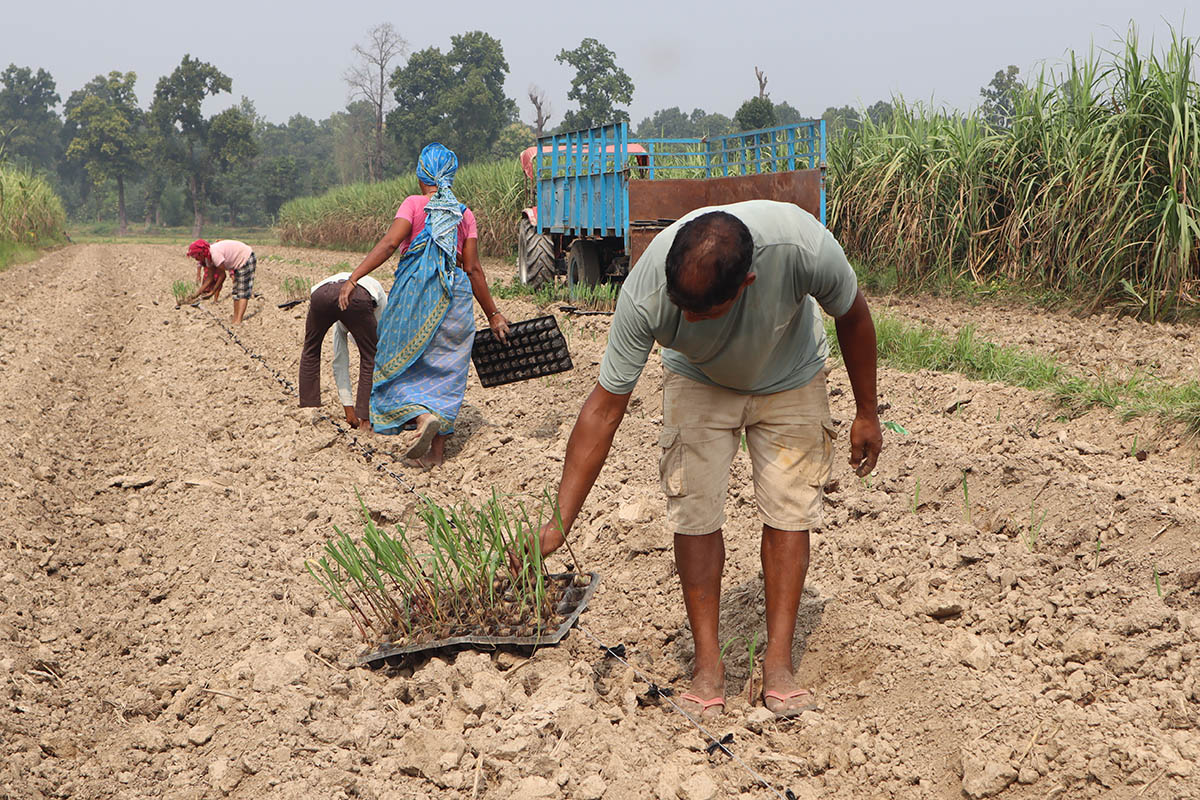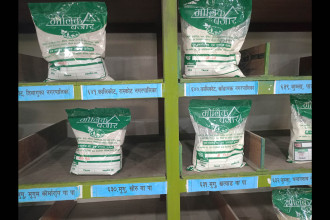
KATHMANDU: Asian Development Bank (ADB) has projected that Nepal’s economy will grow by 4.4% in 2025, up from 3.9% in 2024.
The Asian Development Outlook (ADO) April 2025, released today, states that Nepal’s economic growth is expected to accelerate further to 5.1% in 2026. The increase will be driven by robust consumption supported by higher remittance inflows, moderate inflation, and increased private and public investments.
Nepal’s inflation is projected at 5.2% in 2025, declining slightly to 5.0% in 2026.
Economies in developing Asia and the Pacific are expected to grow by 4.9% in 2025, down from 5.0% in 2024, according to the report. Growth is being supported by solid domestic demand and a strong global appetite for semiconductors, spurred by the artificial intelligence boom. However, tariffs and trade uncertainty will pose challenges. Regional growth is forecast to decline further to 4.7% in 2026. Inflation across the region is projected to moderate to 2.3% in 2025 and 2.2% in 2026, as global food and energy prices continue to fall.
The ADB notes that the growth forecasts were finalised before the US administration announced new tariffs on April 2. The report includes an analysis of how higher tariffs could impact growth in Asia and the Pacific but does not incorporate them into baseline projections.
The report highlights risks posed by changes in US trade and economic policies. Higher US tariffs, increased policy uncertainty, and retaliatory measures could reduce trade, investment, and growth in the region. Despite these challenges, the region is expected to be supported by solid domestic demand and electronics exports.
The ADB warned that escalating geopolitical tensions and conflicts could hamper regional growth prospects. While tensions in the Middle East have eased, the outlook remains fragile. Renewed conflict could lead to supply chain disruptions, higher food and energy prices, and increased global economic uncertainty.
The report also pointed to risks concerning the resolution of Russia’s war in Ukraine. Economies in the Caucasus and Central Asia could benefit from greater economic stability and investor confidence, but these gains remain uncertain and depend on the terms of any peace agreement.




-1744886730.jpg)
-1744878762.jpg)
-1744877643.jpeg)